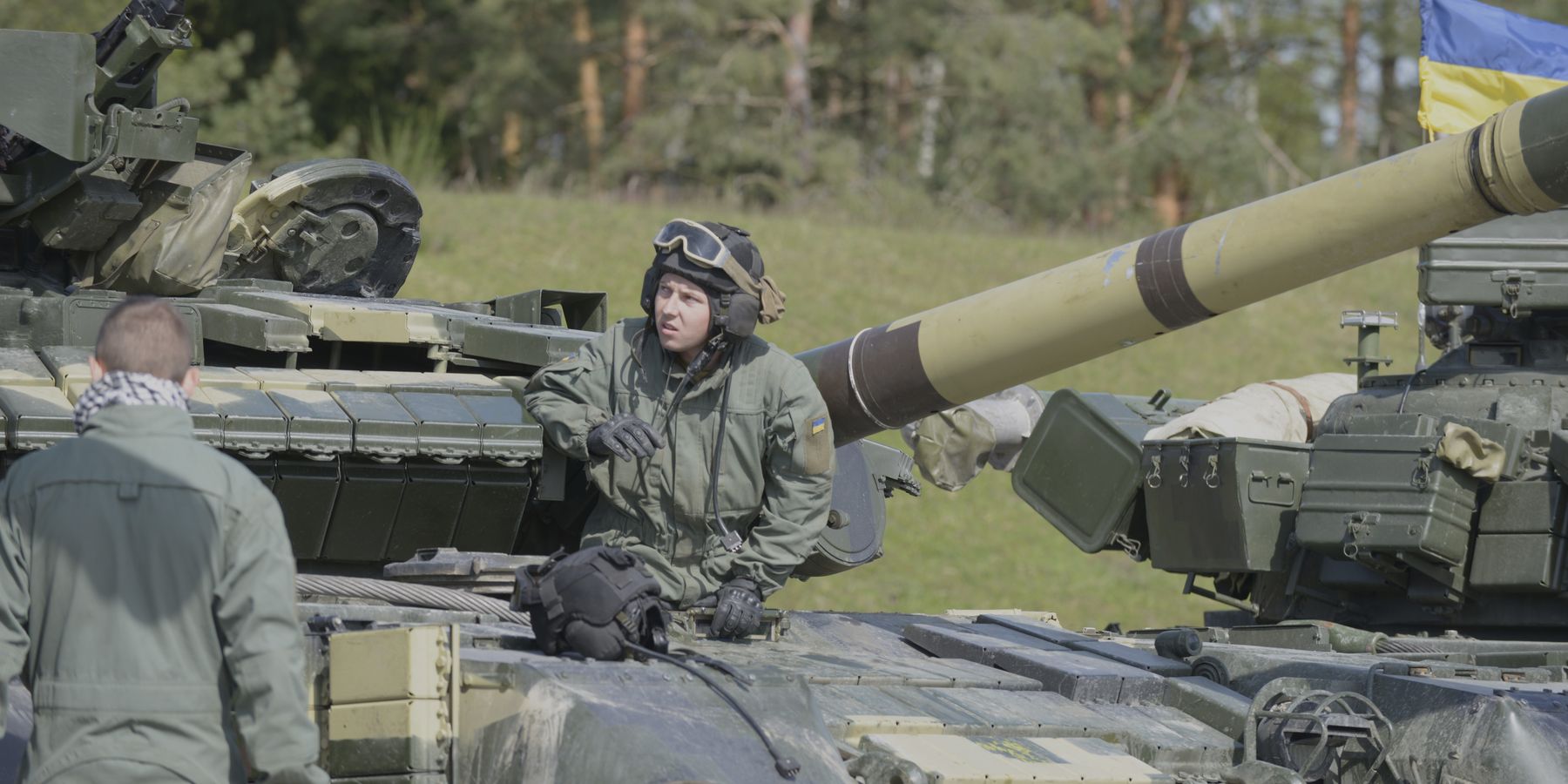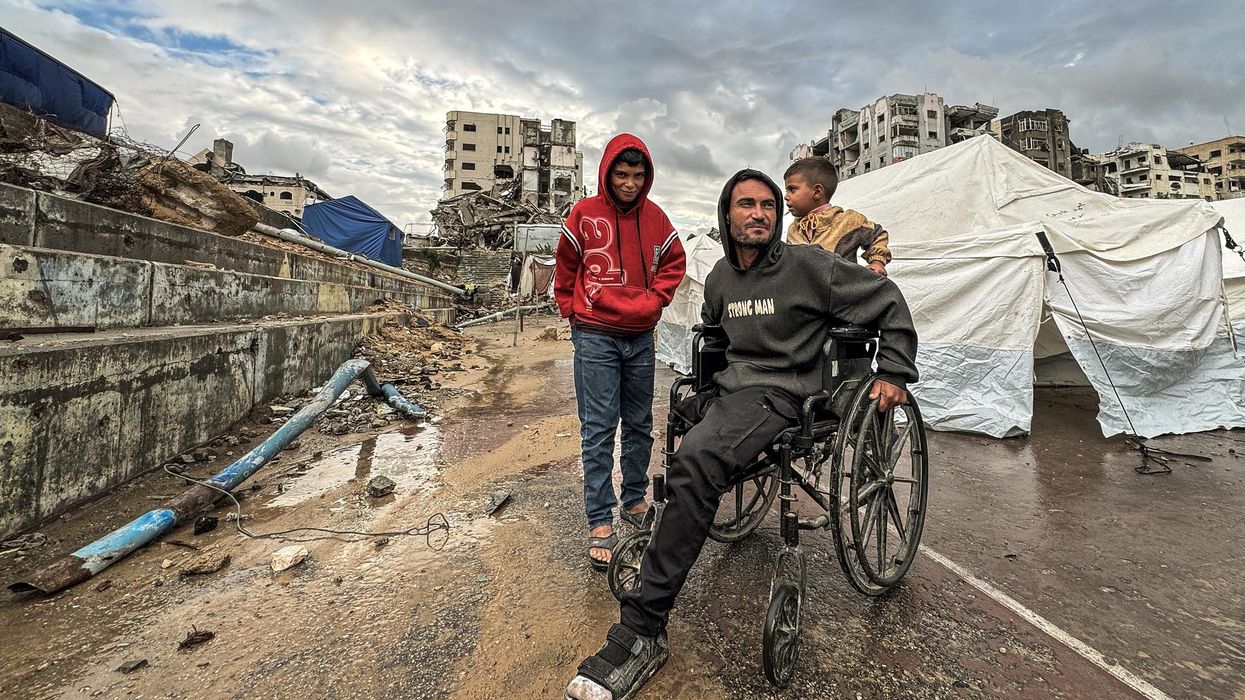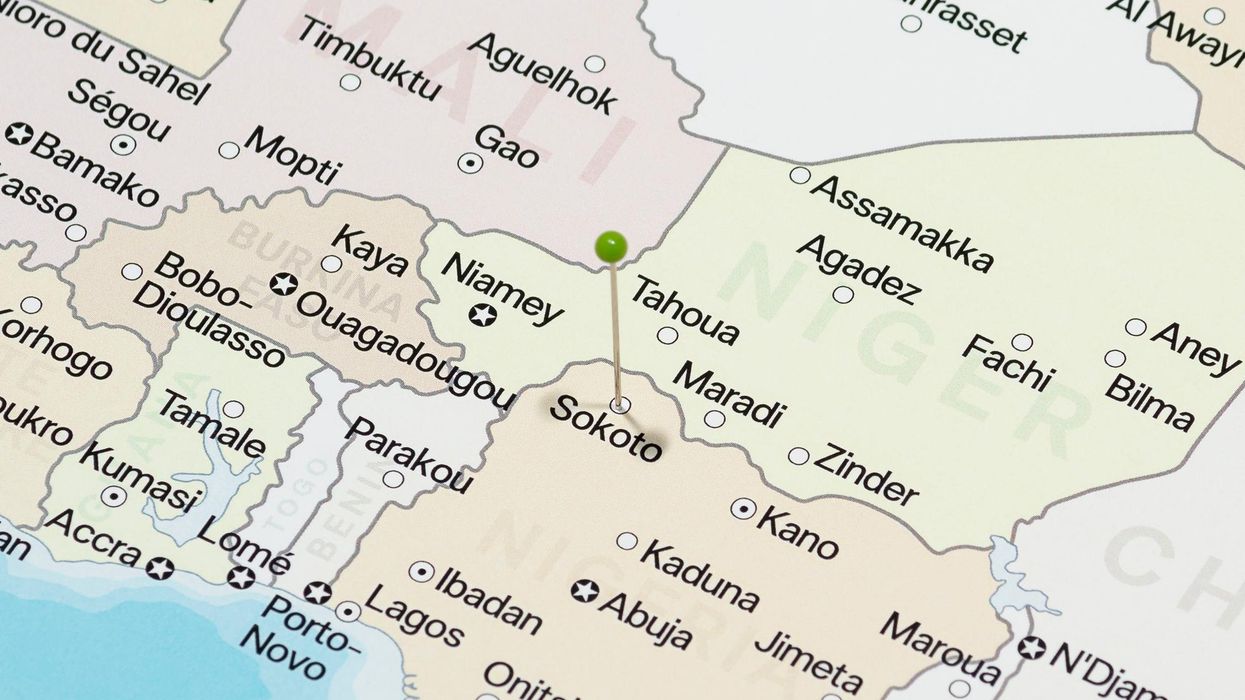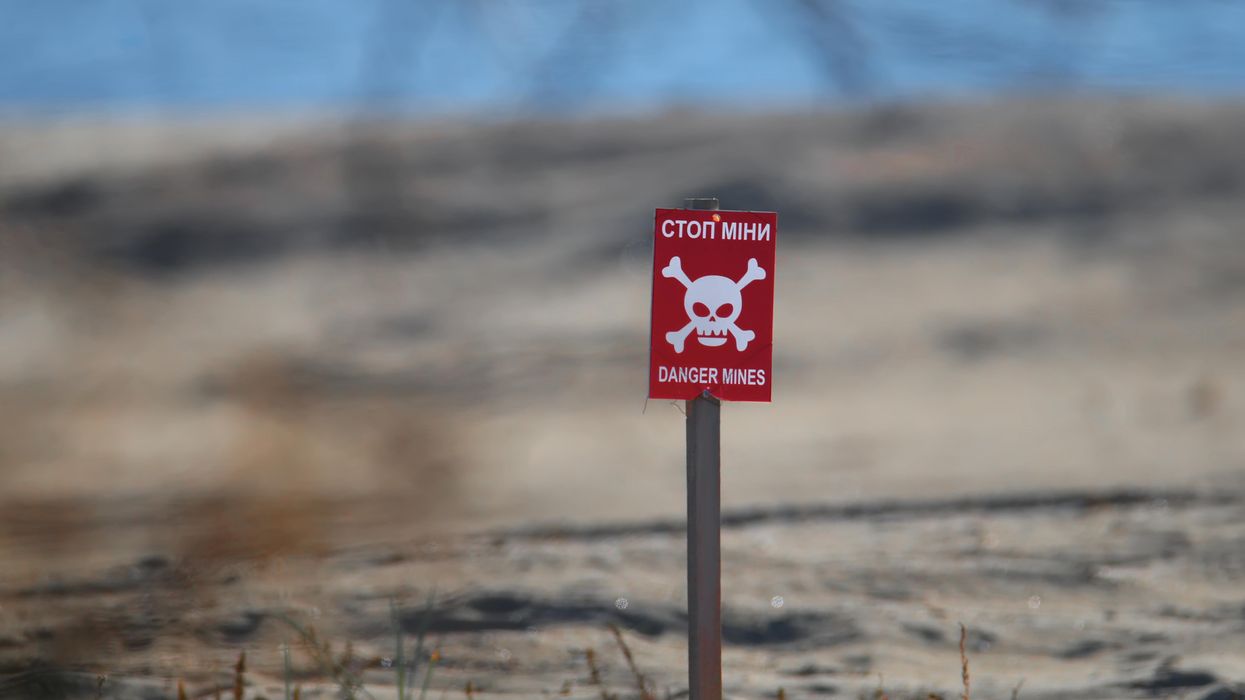The Russia-Ukraine war, more than any other external challenge faced by the Trump administration, has proven to be an intractable conflict that defies straightforward solutions.
One of the main sticking points that has made a ceasefire and settlement so painful to negotiate is the stark misalignment between Russian and Ukrainian postwar security concerns.
Ukraine seeks ironclad guarantees against future Russian aggression. These can come in two general forms: outside assurances, with the most conspicuous one being the Article V protections that come with NATO membership, or the “steel porcupine” strategy whereby Ukraine builds up its own robust domestic deterrent with assistance from Western states.
Both approaches are saddled by what is known in international relations theory as the security dilemma. That is, measures taken by Ukraine to dramatically bolster its defenses as part of a war termination framework will be perceived as threatening and therefore deemed unacceptable by Moscow. This perception problem cannot be solved merely by insisting that Moscow’s concerns are unfounded, especially in the context of record low trust between Russia and the West, nor can these concerns be overridden.
Russia has the leverage, conferred by its outsized latent power, long-term battlefield advantages, and escalation dominance, to reject any settlement that it views as incompatible with its core security interests. Ukraine, for its part, cannot accept a settlement that leaves it vulnerable to a future Russian attack. Squaring this circle requires not just persistent outside mediation but creative thinking about the kinds of guarantees that can be provided without feeding into escalatory spirals with Russia.
The solution is a group of Western weapons stockpiles that would be stored outside Ukrainian territory by host countries and temporarily released to Ukraine’s armed forces in the event of future Russian aggression. These weapons, which would include but are not limited to Patriot batteries, ATACMS, HIMARS, Storm Shadow missiles, Leopard 2 and Abrams tanks, and F-16 fighter jets, would be sourced from American arms purchased by European countries as well as European donors.
To stimulate investments into the off-site stockpiles, the U.S. would agree that a portion of the spending toward these banks will be deductible from the 5% defense spending target for NATO member states.
Purchasers do not necessarily have to be hosts; for example, Sweden can procure U.S. HIMARS missiles meant for a stockpile located in Romania. Other potential host countries include Poland, Germany, Czechia, and the Baltic states. These weapons banks would be maintained by the host countries and governed by a special commission within the EU. A sufficient number of Ukrainian servicemembers, after factoring in all relevant sustainment and rotation requirements, would be trained and available at all times to use these weapons without direct Western operation. The commission would undertake logistical responsibilities of ensuring that the stockpiles are modernized and maintained.
A future Russian invasion would trigger a short consultation period after which, if the aggression does not cease, the off-stockpiles would be unlocked and their contents surged to the Ukrainian military. These weapons would be leased to Ukraine for the duration of hostilities and returned to the host countries after the fighting ends.
These stockpiles would be spread across Europe to minimize risks for any single host country. Russia would be provided with general information about the kinds of systems that are in these stockpiles, but not with full inventorized lists, and independent verification mechanisms will be established to ensure that none of the stored weapons will be leaked to Ukraine in peacetime. As part of the agreement, Moscow will acknowledge that any attack or verified act of sabotage carried out against any off-site stockpile puts Russia in a state of war with the host country and falls squarely under NATO’s Article 5 collective defense provisions.
Countries and locations in closer proximity to Ukraine would be prioritized for most off-site stockpiles, minimizing Russia’s window to inflict damage on Ukraine prior while the deliveries are in transit. Ukraine would re-orient its force posture to emphasize fortifications, mines, drone swarms, and other defensive tools to blunt Russian advances while it waits for stockpile weapons to arrive.
This model offers a range of benefits to all the stakeholders involved.
Kyiv has long lamented the gradual, "drip, drip, drip" style in which Western aid has been transferred since 2022. The off-site stockpile model guarantees a critical mass of high-impact weapons ready to be delivered nearly immediately and all at once, with the infrastructure and sustainment needed to support them already in place. This positions Ukraine to decisively counter a future Russian assault and seize the initiative in the conflict’s opening stages, minimizing the likelihood of another protracted attrition war that plays to Russia’s inherent strengths.
Because these weapons would not be stationed on Ukrainian soil, the quantities that can be allocated to the offsite stockpiles are substantially higher than what Russia would accept as part of an Istanbul 2022-style domestic deterrent agreement.
Kyiv would, reasonably, require assurances that the weapons banks will not be held hostage to national politics or bilateral issues between Ukraine and the host countries. The decision to unlock the stockpiles would be governed by a ratified agreement between the EU and Ukraine. Unlike the Budapest Memorandum, this agreement would be binding and its execution not subject to the discretion of national parliaments or heads of state. Host countries found to be in breach of the agreement would be subjected to EU-level sanctions which will remain in place until they re-enter compliance.
Current Western defense-industrial production rates mean it would take some time for the banks to be filled, but it must be recognized that these same resource limitations already apply to weapons Ukraine is currently waiting to receive from its Western partners. It is preferable from Ukraine’s perspective to wait for the stockpiles to accrue in peacetime, as part of a ceasefire building into a larger U.S.-led settlement between Russia and the West, than to continue receiving a small fraction of what Kyiv needs to sustain the war effort in the midst of relentless and intensifying Russian attrition warfare.
The risks implicit in informing the Russians about the contents of the stockpile are minor for the reason that Russian intelligence already commands a good grasp of what the West has and is willing to send Ukraine. The provision of every new kind of weapon system has been accompanied by lengthy public debates in the West, so the train has well left the station when it comes to maintaining the element of surprise. The alternative “steel porcupine” strategy, too, does not support any real strategic ambiguity, as Russia has sufficient intelligence capabilities to keep abreast of Ukraine’s domestic buildup and future procurement plans.
The Kremlin has long maintained that it will not accept any threats to Russia from Ukrainian territory. These stockpiles do not increase Ukrainian or Western offensive power against Russia precisely because they will not be on Ukrainian soil, and they can only pose a threat if Russia commits future acts of aggression against Ukraine. They are, in that sense, a purely defensive tool.
This model is not, in itself, enough to affect war termination in Ukraine, nor is it viable without a larger framework deal that re-establishes rules of the game between Russia and the West. A panoply of other issues, including delimitation, non-bloc status and EU membership, sanctions, and ceasefire monitoring, will have to be negotiated.
But the off-site stockpile proposal is the best way to provide Ukraine with substantial guarantees without feeding into the security dilemma that has played a major role in stymying diplomatic efforts to achieve a durable peace.
- Why Russia is far outpacing US/Nato in weapons production ›
- Russia sanctions & new weapons, is Trump stuck in Groundhog Day? ›
- Russian drones over Poland no reason to panic and start a war | Responsible Statecraft ›
















